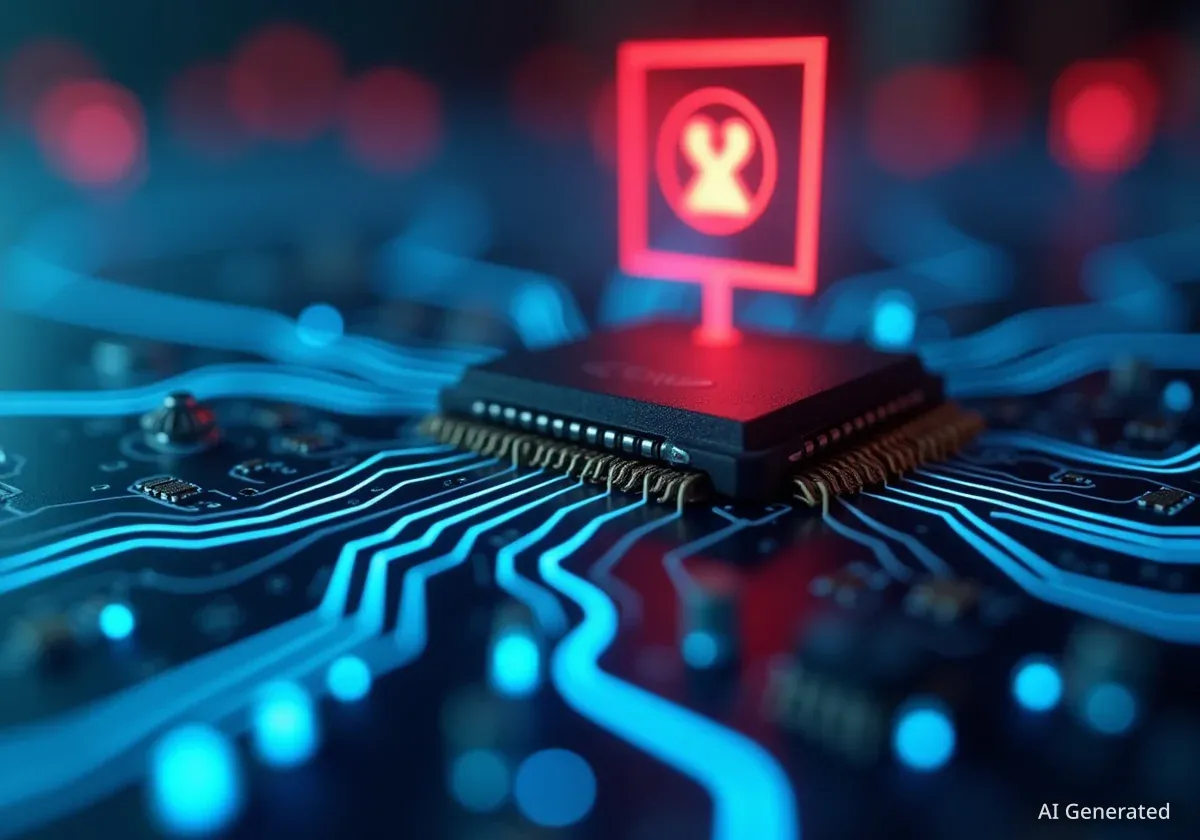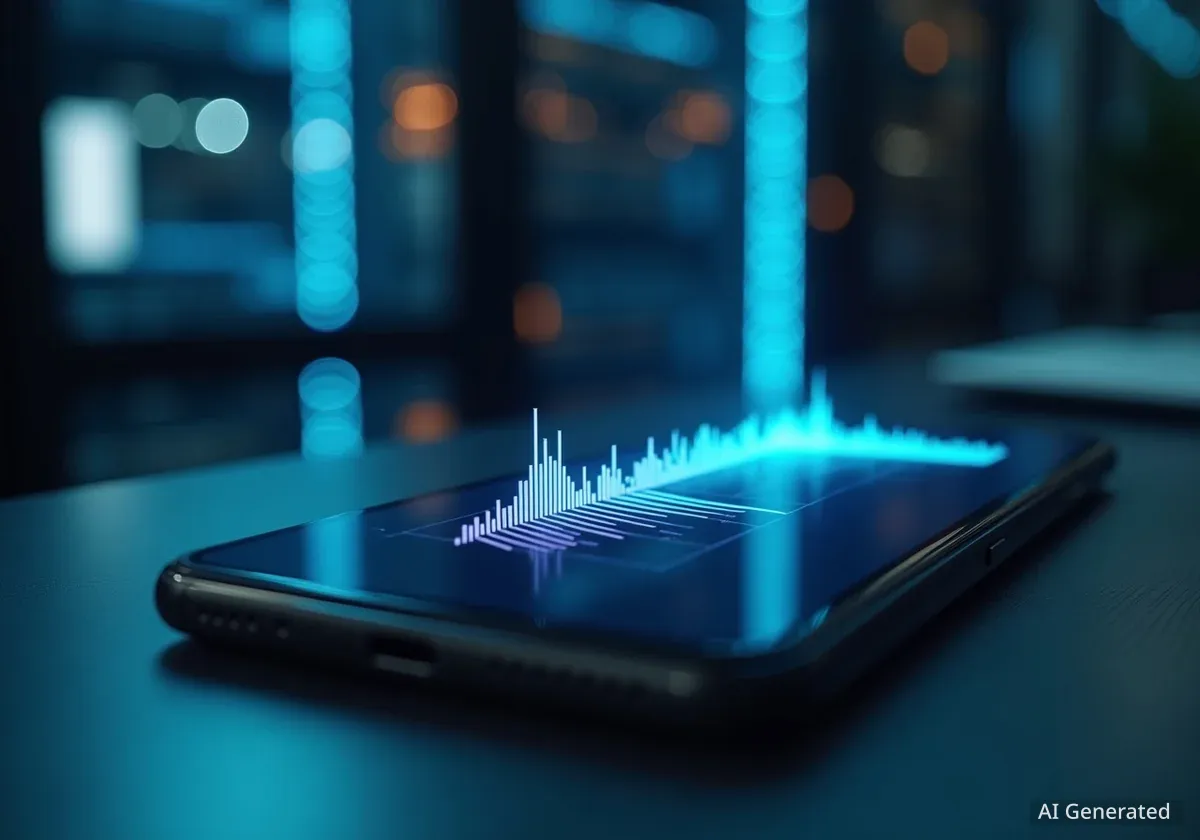Artificial intelligence is rapidly changing how industrial organizations approach cybersecurity. While AI offers powerful tools to detect threats and automate defenses, it also provides adversaries with new ways to launch sophisticated attacks, creating a complex challenge for security teams protecting critical infrastructure.
For professionals managing operational technology (OT) and industrial control systems (ICS), AI represents both a significant advancement and an emerging risk. The same technology that can prevent costly downtime can also be manipulated by attackers, making a balanced and well-governed strategy essential for safe implementation.
Key Takeaways
- Artificial intelligence is being adopted for both defensive and offensive purposes in industrial cybersecurity.
- AI enhances threat detection by identifying subtle behavioral anomalies in industrial equipment that traditional tools miss.
- Attackers are using AI to create adaptive malware, realistic deepfake phishing attempts, and to manipulate security models.
- The convergence of IT and OT networks has expanded the attack surface, making industrial systems more vulnerable.
- Effective governance, model validation, and a balanced strategy are critical for safely leveraging AI in OT environments.
The New Industrial Network Landscape
Industrial networks today bear little resemblance to those of a decade ago. Previously isolated and often "air-gapped" systems are now deeply interconnected, blending operational technology with traditional information technology (IT). This convergence has created vast, complex ecosystems.
While this integration drives efficiency, it also significantly expands the potential attack surface for cyber threats. Security vulnerabilities that were once confined to corporate networks can now potentially impact physical industrial processes, from manufacturing lines to power grids.
Growing Risk in Industrial Systems
According to the SANS 2024 ICS/OT Cybersecurity Report, the risks are tangible. The report found that 19 percent of organizations experienced one or more security incidents in their OT environments over the past year, highlighting the increasing prevalence of these threats.
This evolving landscape has pushed industrial leaders to seek more advanced security solutions. A recent survey of manufacturing executives revealed that 49 percent intend to implement AI and machine learning for cybersecurity purposes within the next 12 months. However, this adoption race is happening on both sides of the security line, as threat actors are also leveraging these powerful tools.
AI as a Defensive Tool in OT Security
The primary strength of AI in a defensive capacity is its ability to analyze immense volumes of data and identify patterns that are invisible to human analysts. In an industrial setting, this capability translates into proactive and highly precise threat detection.
Detecting Subtle Anomalies
Traditional security tools often rely on known threat signatures, making them ineffective against new or zero-day attacks. AI-driven systems, in contrast, establish a baseline of normal operational behavior and flag any deviations, no matter how small.
For example, an AI model could detect that a robotic arm is cycling 0.4 seconds faster than its normal parameters or that a programmable logic controller (PLC) is issuing commands slightly out of its usual sequence. These minor irregularities could be the first indicators of a compromise, such as a misconfiguration caused by an infected vendor laptop.
Predictive Maintenance as a Security Layer
AI-powered predictive maintenance can also serve as an important component of a cybersecurity strategy. When a piece of industrial equipment begins to operate erratically or off-schedule, it may not simply be a sign of mechanical wear.
Such behavior could be a symptom of malware or an unauthorized change to its configuration. By continuously monitoring maintenance and performance data, security teams can identify potential system failures that may have a cyber-related root cause, allowing for early intervention.
Automating Incident Response
When a security breach occurs in an industrial environment, response time is critical. The difference between a minor disruption and a catastrophic shutdown can be measured in seconds. A swift response can prevent a threat from spreading from one isolated cell to the entire network.
AI can automate this process. Instead of waiting for human intervention, an AI system can confirm a threat and immediately trigger containment protocols. In a food and beverage facility, for instance, this could mean isolating a ransomware attack before it can lock down the central batching system and halt production.
How Attackers Weaponize Artificial Intelligence
The same technological advancements that empower defenders are also being exploited by cybercriminals to create more effective and evasive attacks. This offensive use of AI presents a formidable challenge for security teams.
The Rise of Adaptive Malware
Attackers are using AI to design malware that can learn, adapt, and even modify its own code to evade detection. This renders traditional security software, which relies on fixed databases of known threats, increasingly obsolete. The malware can analyze its environment and change its behavior to remain hidden.
Advanced Social Engineering and Deepfakes
AI-generated content, particularly deepfakes, has made phishing and social engineering attacks more convincing than ever. An attacker could create a realistic voicemail that appears to be from a company CEO, authorizing a plant manager to make a critical system modification.
These highly targeted and believable attacks are much harder for employees to identify as fraudulent, increasing the likelihood of a successful breach.
Manipulating AI Security Models
A more direct approach involves attacking the AI systems themselves. Threat actors can engage in what is known as adversarial attacks, where they feed carefully crafted, malicious data into an AI detection model.
This can trick the model into ignoring certain types of malicious behavior or suppress alerts related to an active intrusion. If a security model is not properly validated and secured, it can effectively be trained by an attacker to develop blind spots.
"Recent high-profile ransomware incidents reinforce how quickly tactics are evolving. A ransomware attack that disrupted operations for thousands of U.S. car dealerships, leading to a reported $25 million ransom payment, demonstrates how threat actors are employing more advanced tactics to cripple entire industries."
These events are no longer isolated incidents but are becoming industry-defining moments that underscore the sophistication of modern cyber threats.
A Strategic Approach to AI in Industrial Security
To safely deploy AI in critical infrastructure, organizations require more than just advanced technology; they need a robust governance framework. This ensures that AI tools are implemented responsibly and do not introduce new vulnerabilities.
A comprehensive AI governance strategy should include several key components:
- Data Integrity and Validation: Ensuring that the data used to train AI models is accurate, secure, and representative of the operational environment.
- Model Transparency: Understanding how AI models make their decisions to identify potential biases or weaknesses.
- Continuous Monitoring: Regularly assessing the performance of AI systems to detect signs of manipulation or degradation.
- Human Oversight: Maintaining human involvement in critical decision-making processes to prevent over-reliance on automated systems.
As the lines between IT and OT continue to blur, AI is fundamentally reshaping the field of industrial cybersecurity. When used correctly, it can significantly enhance threat detection, automate risk management, and create safer industrial environments. However, if implemented without proper checks and balances, it can become a powerful tool for adversaries.
The key to success is finding the right balance. By implementing AI responsibly, validating models rigorously, and staying informed about emerging threats, industrial organizations can harness the strategic advantages of AI without exposing themselves to unacceptable levels of risk.





